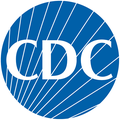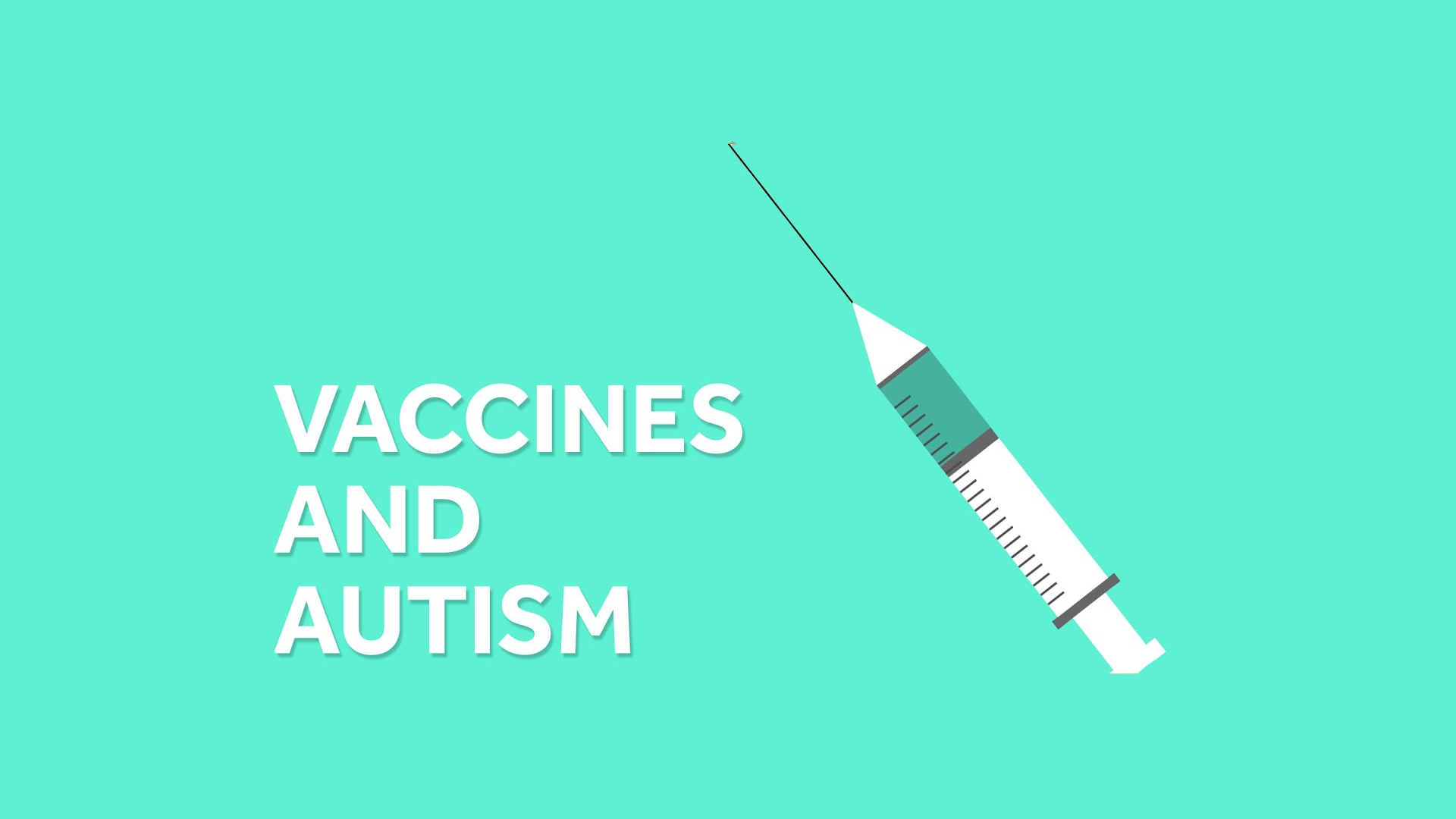Vaccines Are Very Safe
The long-standing U.S. vaccine safety system ensures that vaccines are as safe as possible. Currently, the United States has the safest, most effective vaccine supply in its history.
Safety monitoring begins with the U.S. Food and Drug Administration (FDA). The agency ensures the safety, effectiveness, and availability of vaccines in the United States. Before a vaccine is approved by the FDA for use by the public, results of studies on the safety and effectiveness of the vaccine are evaluated by highly trained FDA scientists and doctors. FDA also inspects the sites where vaccines are made to make sure they follow strict manufacturing guidelines.
Although the most common side effects of a vaccine are identified in studies before the vaccine is licensed, rare adverse events may not be detected in these studies. Therefore, the U.S. vaccine safety system continuously monitors for possible side effects after a vaccine is licensed. When millions of people receive a vaccine, less common side effects that were not identified earlier may be detected.
If a link is found between a possible side effect and a vaccine, public health officials take appropriate action. First, additional studies will be quickly conducted to determine if there is an association between the vaccine and the side effects. If additional studies indicate a true association between the vaccine and the side effects, then public health experts will weigh the benefits of the vaccine against its risks to determine if recommendations for using the vaccine should change.
Why Is It Important to Monitor Vaccine Safety?
Vaccines are held to the highest standard of safety. The United States currently has the safest, most effective vaccine supply in history. Years of testing are required before a vaccine can be licensed. Once in use, vaccines are continually monitored for safety and efficacy.
Vaccines, like any medication, can cause adverse events. However, a decision not to immunize a child also involves risk. It is a decision to put the child and others who come into contact with him or her at risk of contracting a disease that could be dangerous or deadly.
Vaccine Side Effects
The most common side effects are mild. On the other hand, many vaccine-preventable disease symptoms can be serious, or even deadly. Even though many of these diseases are rare in this country, they still occur around the world and can be brought into the United States, putting unvaccinated children at risk.
The side effects associated with getting vaccines are almost always mild (such as redness and swelling where the shot was given, or a mild fever) and go away within a few days. If your child experiences a reaction at the injection site, you can use a cool, wet cloth to reduce redness, soreness, and swelling.
Serious side effects following vaccination, such as severe allergic reactions, are very rare and doctors and clinic staff are trained to deal with them. Pay extra attention to your child for a few days after vaccination. If you see something that concerns you, call your child’s doctor.
More Information
Vaccine Safety (CDC)
CDC summarizes information about vaccine safety and connects you to additional resources. Read more
Common Vaccine Safety Questions and Concerns (CDC)
Most parents vaccinate their children and follow the recommended schedule, but many parents still have questions. A CDC resource for parents. Read more
RESOURCES
Vaccinations Are Safe: Explaining Why
An 8-page resource that reviews the scientific evidence supporting vaccination. Topics covered include how the safety of vaccines is monitored, the purpose of various ingredients, the Vaccine Injury Compensation Program (VICP) and the Vaccine Adverse Event Reporting System (VAERS), the reasoning underlying vaccine policy, and other topics.
Partner Resources

Most parents vaccinate their children and follow the recommended schedule, but many parents still have questions. A CDC resource for parents.

CDC summarizes information about vaccine safety and connects you to additional resources.

Healthcare Triage: Vaccines and Autism
There is almost no topic in health and health policy that immediately polarizes people more than the idea that vaccines cause autism. Even though the original big paper on this topic came out at the end of the last century, the anger this causes is still raw and potent. But there is a very, very large amount of research showing that vaccines and autism are unrelated.
Still Have Questions?
CDC-INFO: 800-232-4636
Also: Find Your State Immunization Program
